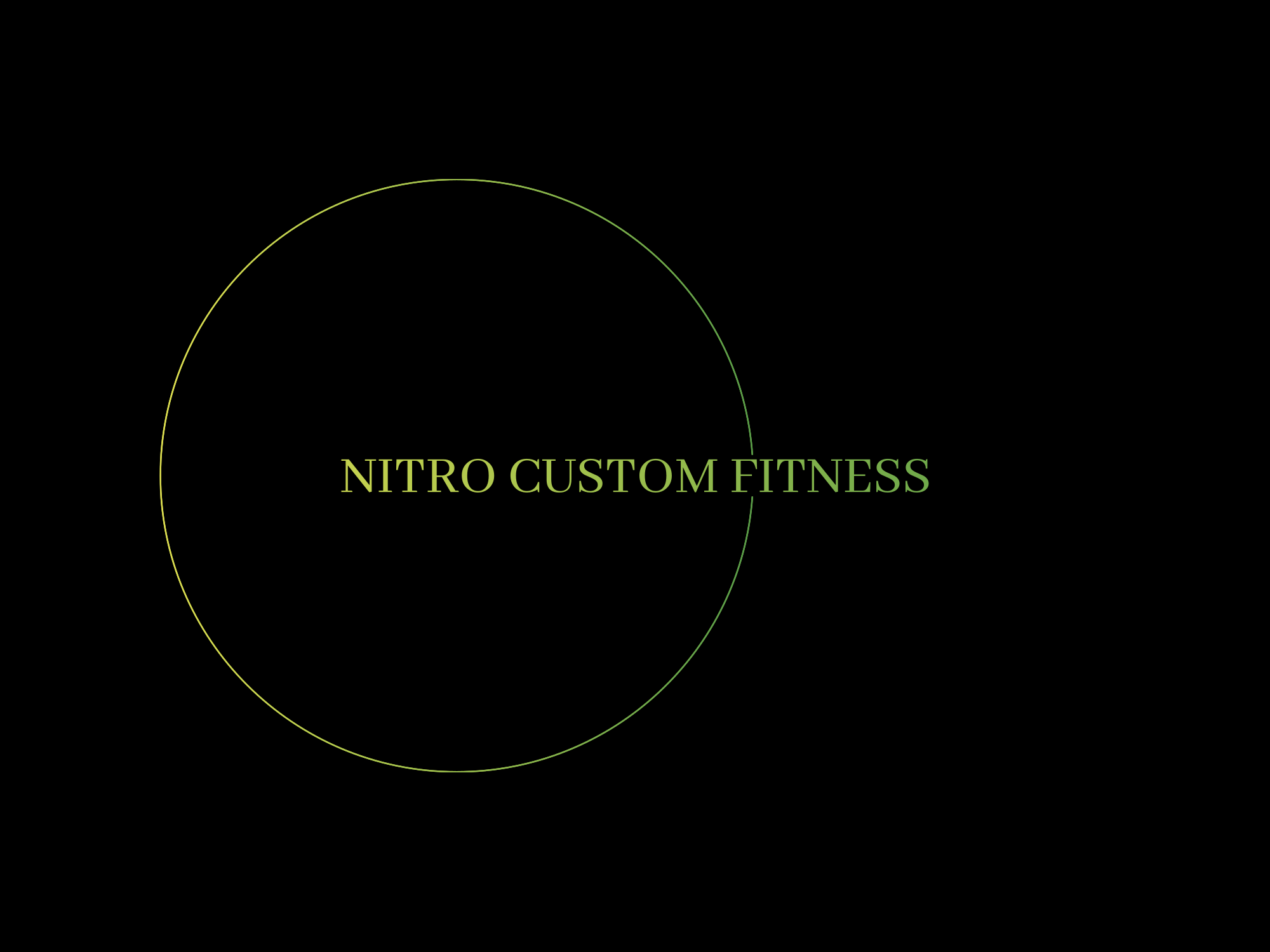Creating a well-equipped fitness room in your condominium can enhance the value of the property and promote a healthy lifestyle among residents. However, choosing the right fitness equipment involves careful consideration of various factors. Here’s a guide to help you select the best fitness equipment for your condominium fitness room amenity.
1. Assess the Space
Before purchasing any equipment, evaluate the available space in your fitness room. Consider the following:
– Square Footage: Measure the dimensions of the room to determine how much equipment can fit comfortably without overcrowding.
– Layout: Plan the layout to ensure that there is enough space for movement, stretching, and group classes. Create designated areas for cardio, strength training, and stretching.
2. Understand Your Residents’ Needs
Consider the demographics of your residents. Are they young professionals, families, or retirees? Each group may have different fitness preferences. Conduct a survey or informal discussions to gather insights on what types of equipment residents are most interested in. Common preferences might include:
– Cardio Equipment: Treadmills, stationary bikes, and ellipticals are popular choices for cardiovascular workouts.
– Strength Equipment: Free weights, resistance machines, and kettlebells cater to those looking to build muscle.
– Functional Training Gear: Items like medicine balls, stability balls, and resistance bands are great for functional workouts.
3. Quality Over Quantity
Invest in high-quality equipment that will withstand regular use and offer safety features. Look for reputable brands and consider equipment that comes with warranties. It’s better to have a few high-quality pieces than a large quantity of less reliable options. Key considerations include:
– Durability: Choose equipment made from sturdy materials that can handle frequent use.
– Safety Features: Look for machines with safety locks, non-slip surfaces, and easy-to-use controls.
4. Consider Multi-Functional Equipment
Maximize your space by opting for multi-functional equipment. These machines can serve multiple purposes, allowing residents to perform various exercises without the need for numerous pieces of equipment. Examples include:
– All-in-One Home Gyms: These machines provide a range of exercises in one compact unit.
– Adjustable Weight Benches: They can be used for various strength training exercises and take up less space.
5. Accessibility
Ensure that your fitness equipment is accessible to all residents, including those with disabilities. Consider features such as:
– Adjustable Machines: Equipment that accommodates different body sizes and abilities.
– Clear Pathways: Ensure there’s enough space for wheelchair access and that equipment is positioned safely.
6. Maintenance and Support
Regular maintenance is essential to keep fitness equipment in good working condition. Consider the following:
– Maintenance Contracts: Look into service agreements with suppliers for routine maintenance and repairs.
– User Manuals and Training: Provide residents with information on how to use the equipment safely, and consider offering occasional fitness workshops.
7. Create a Welcoming Environment
Finally, the atmosphere of your fitness room can greatly influence its usage. Consider the following:
– Lighting: Good lighting can make the space feel more inviting. Natural light is ideal, but if that’s not possible, opt for bright, warm artificial lighting.
– Mirrors: Installing mirrors can help residents monitor their form and make the space feel larger.
– Decor: Adding motivational quotes, plants, or artwork can enhance the environment and make it more appealing.
Conclusion
Choosing the right fitness equipment for your condominium fitness room amenity requires careful planning and consideration of your residents’ needs, available space, and budget. By focusing on quality, accessibility, and creating a welcoming atmosphere, you can create an engaging fitness space that promotes health and wellness within your community. Investing in the right equipment not only benefits residents but can also enhance the overall appeal and value of your condominium.

